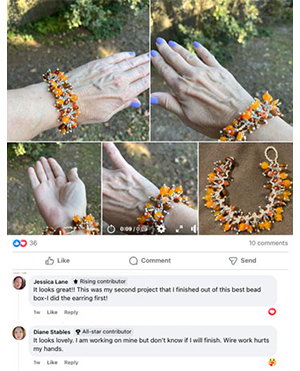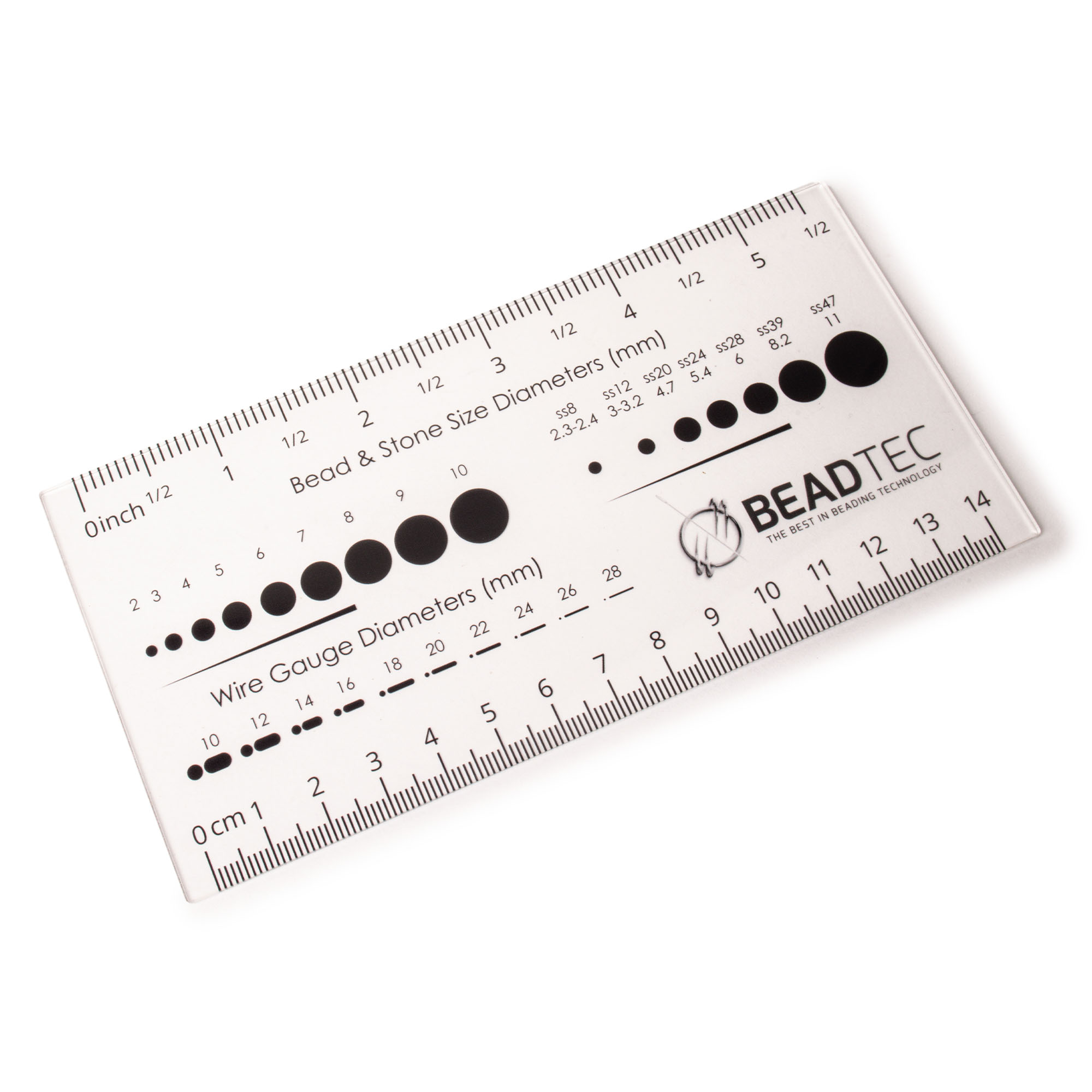- Jewelry-Making Supplies ▾
Design Jewelry with Confidence!
Seed Beads
Thread, Wire, & Stringing Materials
Athenacast Findings & Components
Everything Else
- Kits & Collections ▾
Assemble Your World
Kits & Collections
- Subscriptions ▾
Want monthly Beading Happiness?
Subscriptions
- Learn to Make ▾
Want to learn more?
- Discounts & Deals ▾
Explore Today's Promotions!
- Jewelry-Making Supplies
- Kits & Collections
- Subscriptions
- Learn to Make
- Discounts & Deals
-
Seed Beads
Thread, Wire, & Stringing Materials
Findings & Components
Everything Else
-
Kits & Collections
-
Subscriptions
- Home
- How to Make Jewelry
- Better Beader Episodes
- Wire Working Essentials
Wire Working Essentials

Watch the Video Tutorial
Watch the Video Tutorial
Need Any Extra Materials?
Need Any Extra Materials?
Need Any Extra Materials?
Need Any Extra Materials?
Episode Transcript
Episode Transcript
Introduction
Wire working is a versatile and essential skill for any jewelry maker. In this episode of Better Beader from Potomac Beads, we'll explore the fundamentals of wire working and create a stunning pair of earrings that showcase these techniques. This step-by-step guide will walk you through the process, providing tips and insights shared by the hosts throughout the episode.
Materials Needed
- 20-gauge wire in your choice of metal (e.g., copper, silver, or gold-filled)
- Round nose pliers
- Chain nose pliers
- Wire cutters
- Earring hooks
- Assorted beads (e.g., 4mm round beads, 6mm round beads, and 8mm round beads)
Step-by-Step Tutorial
- Cut two 4-inch pieces of 20-gauge wire using wire cutters.
- Using round nose pliers, create a small loop at one end of each wire. This will serve as the connection point for the earring hook.
- String your desired combination of beads onto the wire. For example, you could use a pattern of one 8mm bead, two 6mm beads, and three 4mm beads.
- Using chain nose pliers, bend the wire at a 90-degree angle just above the last bead.
- Trim the excess wire, leaving about 1/2 inch of wire above the bend.
- Using round nose pliers, create a small loop with the remaining wire. This will secure the beads in place and prevent them from sliding off.
- Open the loop on the earring hook using chain nose pliers, and attach it to the loop at the top of your beaded wire. Close the loop securely.
- Repeat steps 1-7 for the second earring.
Tip: When creating loops, be sure to make them as close to the same size as possible for a symmetrical look.
Customization Ideas & Inspiration
The beauty of this wire-worked earring design is its versatility. You can easily customize the look by choosing different bead colors, sizes, and patterns. Consider using a monochromatic color scheme for a sleek and sophisticated look, or mix and match colors for a playful and eclectic vibe.
You can also experiment with different wire metals to change the overall aesthetic of the earrings. Copper wire will give your earrings a warm and rustic feel, while silver or gold-filled wire will lend a more polished and luxurious look.
Conclusion
Creating beautiful wire-worked earrings is a fun and rewarding project that anyone can master with a bit of practice. By following the steps outlined in this Better Beader episode, you'll be well on your way to making your own stunning pair of earrings. Don't forget to share your creations with us and feel free to ask any questions you may have along the way.
For more wire working inspiration and techniques, be sure to check out other Better Beader episodes from Potomac Beads. Happy beading!
Join Our Growing Community
Join Our Growing Community




Our Testimonials
Our Testimonials
- 56080 (83.7%)
- 4821 (11.3%)
- 3302 (4.2%)
- 233 (0.5%)
- 125 (0.3%)
- Favorite Reviews
- Highest to Lowest
- Newest to Oldest
- All Ratings
- 5 ★ Reviews
- 4 ★ Reviews
- 3 ★ Reviews
- 2 ★ Reviews
- 1 ★ Reviews
Loading...
Only Visible on Admin Mode
Item Description
Designer's Material List
Project Steps
Making Coiled Eye Pins: Learn to create eye pins by bending wire over round nose pliers and coiling it to secure. This technique is vital for connecting components in jewelry.
Selecting Wire for Projects: Choose wire based on your project needs. Use thicker wires for structural elements and thinner wires for detailed work or beading.
Practical Practice: Practice making loops and coils with 20 and 24 gauge wires to familiarize yourself with handling different wire thicknesses.
Highest Quality
Products
100% Money
Back Guarantee
Fast
Shipping
Best Teaching &
Customer Service
You'll want these emails...
Get Free Projects & Inspiration
Get Free Projects & Inspiration
- Bullet 1
- Bullet 2
- Bullet 3
Copyright © PotomacBeads









